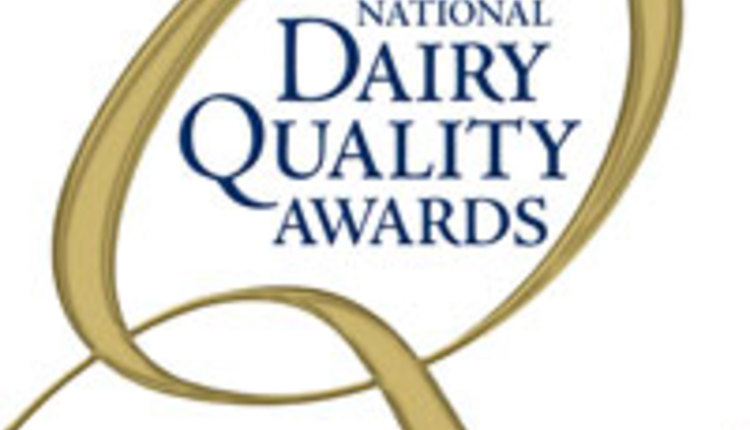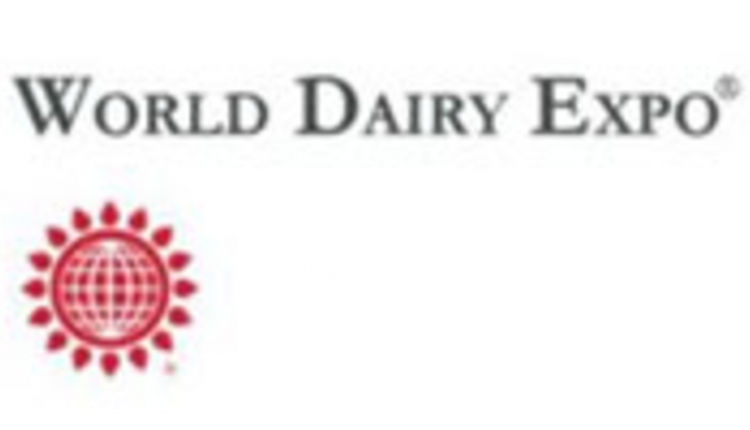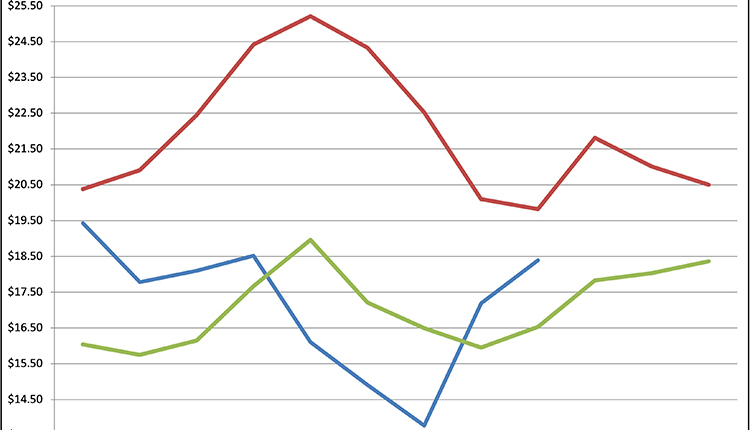
In the late 1970s and early 1980s, a number of major food manufacturers were pimping “health cheese” as a replacement for the real deal. In that battle, taste won the day and ultimately put the imitators at bay.
This time around, scientists have engineered bacteria and yeast that produce milk casein and whey to ultimately manufacture an ice cream derivative. Not only have the first renditions sold at a higher price, these products purportedly taste a whole lot more like real dairy products than the previous generation of counterfeits, making these modern-day saboteurs a more formidable foe.
Imitation cheese came onto the scene just as pizza sales began to boom. To reduce manufacturing costs, some food processors added vegetable fats as a replacement for milkfat. In other instances, a concoction of vegetable fat, imported caseins, and nondairy proteins were mixed into the vat to create an analog imitation product that mimicked Mozzarella.
Looking to make a quick buck, companies such as Kraft, Fischer, Borden, and Anderson jumped at the opportunity. Their counterfeit cheeses reduced pizza pie prices nearly 3 cents an ounce. That translated into a 78-cent per pound reduction for imitation cheese when compared to real Mozzarella. By 1982, imitation cheese had captured a 5 percent market share, displacing roughly 2 billion pounds of milk or 1.5 percent of the U.S. milk supply.
At its zenith, pizza made with imitation cheese garnered 9.4 to 55 percent of the space on store shelves in various locations across the country. Those pizza pies sold right next to pizzas made with 100 percent real cheese.
To combat the dairy imitators, the California dairy industry created the Real Seal in 1976. The campaign went nationwide by 1980 when the United Dairy Industry Association rolled out the program. Taste, natural, and real were major focus areas as the grand majority of consumers could definitely detect the difference in side-by-side taste tests.
Placing dairy’s modern era, plant-based competitors on the sideline for the sake of discussion, lab-grown milk casein and whey proteins could be an intimidating rival compared to imitation cheese from yesteryear. And some consumers have displayed interest in the products as expressed by their willingness to drop $20 per pint for Perfect Day Food’s first attempt at lab-created ice cream.
Like foes from a bygone era, the imitators want it all. Perfect Day and others, using cell-based technology in labs, desire to claim that their products are free of genetically modified organisms (GMO-free). That’s beyond a stretch when the very foods that they sell come from genetically modified yeast and bacteria.










